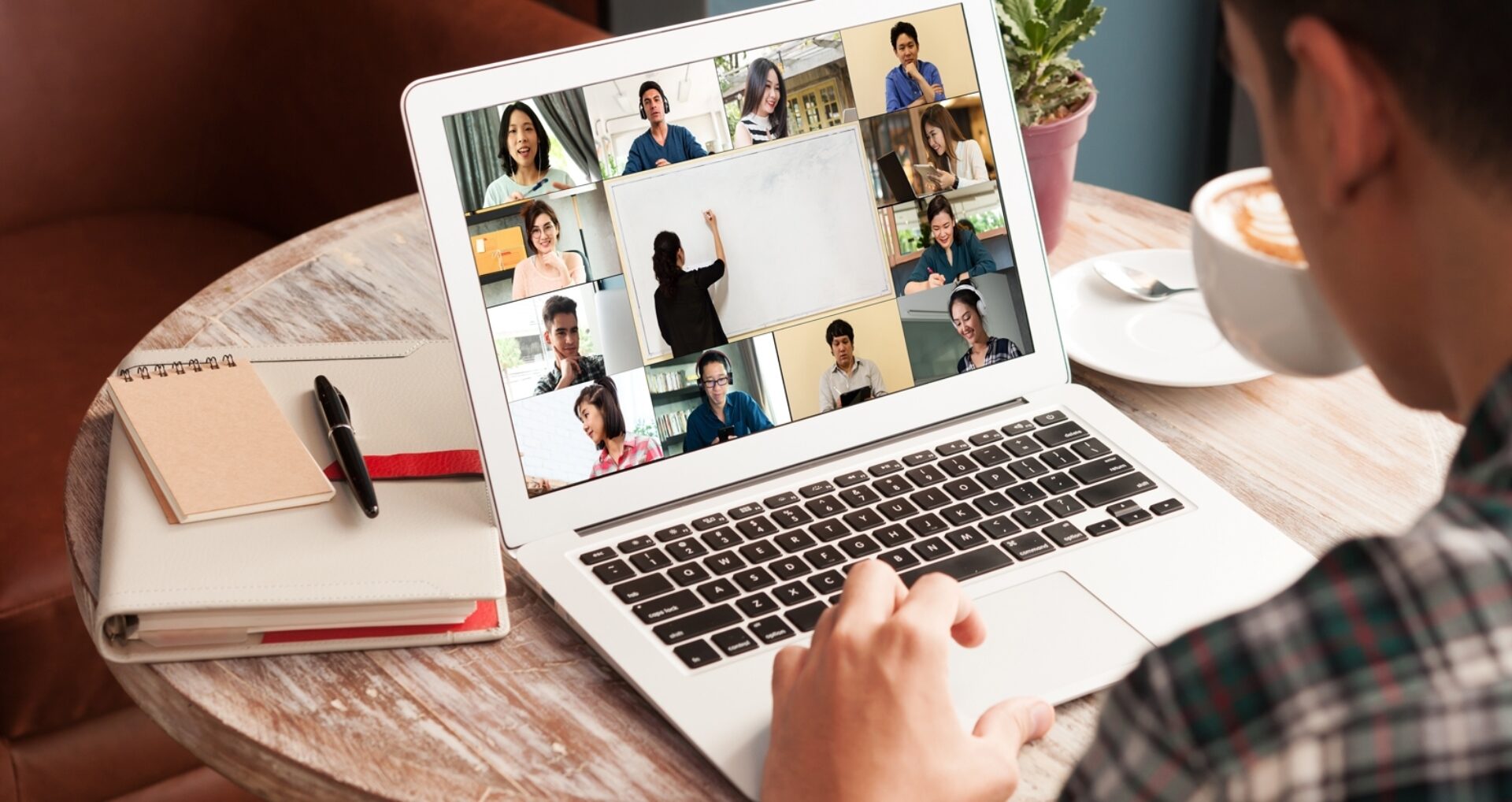Remember the good old days when a big part of the creative process was sitting around a table with a group of peers, sharing ideas, and riffing off each other’s iterations? Since the world went remote, designers have tried to replicate that same energy—but it doesn’t always translate on a Zoom call.
“It’s very challenging to produce creative work in a pandemic environment,” says Ben Watson, chief creative officer, Herman Miller, Holland, Michigan. “It is difficult to make decisions together, and everything takes so much longer. What used to take two days now takes months.”
There’s no doubt it’s been difficult for designers to find their creative mojo while working in isolation. But the most innovative teams are leaning into the constraints that the pandemic has put on them, and actually unearthing new ways to engage with each other and their work.
“Tragic times can be a rebirth for creativity,” says Meena Krenek, IIDA, interior design director and principal, Perkins+Will, Los Angeles. “You just need to find new ways to build your creative confidence."
Adventures in Innovation
For Todd Heiser, the pandemic was an opportunity to slow down the pace of the office and encourage people to use that time to explore. “We’re thinking about what excites us about design, and we’re putting ourselves in unexpected places to inspire new ideas,” says Heiser, co-managing director at Gensler, Chicago,
That has led to several “innovation experiments”—putting young designers in a position to expand their role beyond their current capabilities. It sets the stage for next-gen talent to bring their ideas to the forefront—and helps the firm create opportunities for leading-edge design. “Now is the time to think about who we want to be in the future and what we need to do to get there,” he says.
In weekly virtual meetings, the staff gathers to talk about everything from new projects to what members are doing to support their communities. Heiser also has managed to find some safe compromises to reconnect, occasionally hosting small “pizza in the park” events where a few team members gather to sketch. “We have to be six feet apart, not 60,000,” he says.
Some teams have amped up the technology to maintain that connective tissue. Perkins+Will, for example, hosts peer reviews for designers around the globe, letting people share and build on each other’s ideas. “It makes everyone feel connected in the firm on many levels,” Krenek says.
Still, her team found it can be difficult, if not impossible, to share and iterate designs across screens. So it adopted virtual whiteboard software that lets people share ideas or drawings, and leave them up for others to view, respond, and add their own ideas. “It is a way for divergent thinking and to share ideas and to let them simmer, like we would in an office project room,” she says. “That’s an important part of the collective and innovative design process.”
New Voices, New Ideas
Many team leaders are discovering new layers and dimensions on their teams with the pandemic. Team members who worked virtually even before COVID-19 might not have always been included in meetings or just stayed quiet on calls—but many are now joining in the conversation.
“Zoom has given an equal voice to everyone in the collective,” Watson says. That has allowed hidden talents to emerge and bubbled up solutions to the broader team. For example, Watson’s team was struggling to find the right material for a new product when a small engineering team shared a material it had been using. And just like that, problem solved: “That’s a lesson we will remember after the pandemic is over.”
The pandemic has also inspired new product ideas for more flexible future workspaces. It’s a movement his team has been watching for years, but the pandemic accelerated demand and pushed the team into new territory. “We’re now solving problems that weren’t even on our drawing board nine months ago,” Watson says. “It’s a new human design problem to solve.”
Blima Ehrentreu is seeing a similar shift in what future office spaces will look like. “We were used to designing common areas to bring people together,” says Ehrentreu, founder and CEO of The Designers Group in New York. “Now, we have to accomplish that while keeping them at a safe distance.”
As her company rolls out the new concepts, they're using virtual reality (VR) tools to allow clients to safely review designs, giving them a sense of connection to projects without being in the room. “VR allows for social distancing but with the same details as visiting the site in person,” she says.
Facing the Future
Despite all the innovative thinking and bold experiments sparked by the pandemic, all of these designers cannot wait to get back to the office so they can work face-to-face with their teams and clients.
“Being in a place of panic can generate tremendous innovation, but you can’t stay there for too long,” Heiser says. Though he’s confident that when this all ends his team will be stronger: “If we lean in, we can always find opportunities for success.”
Watson and his team have also uncovered new ways of working, but he’s ready to move forward. “It’s hard to do creative work in technical silos,” he says. “The creative process requires human connection.”

